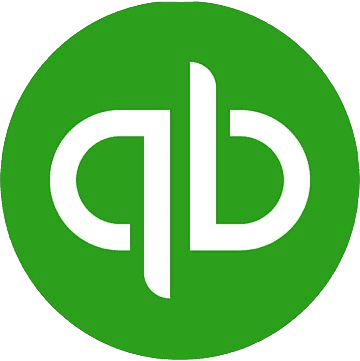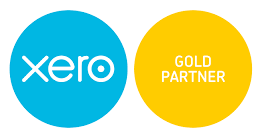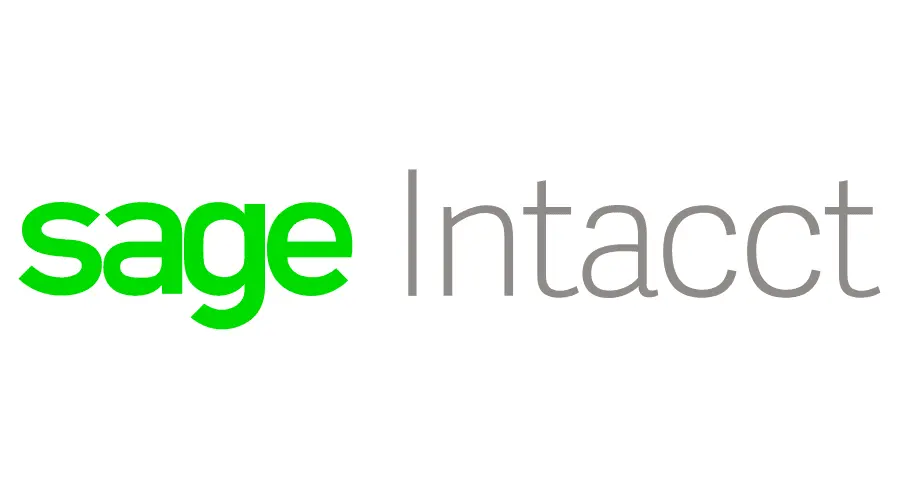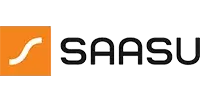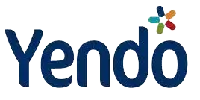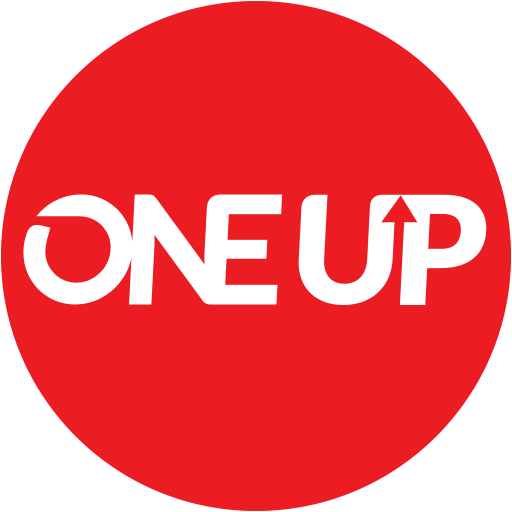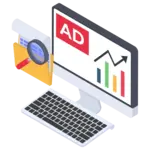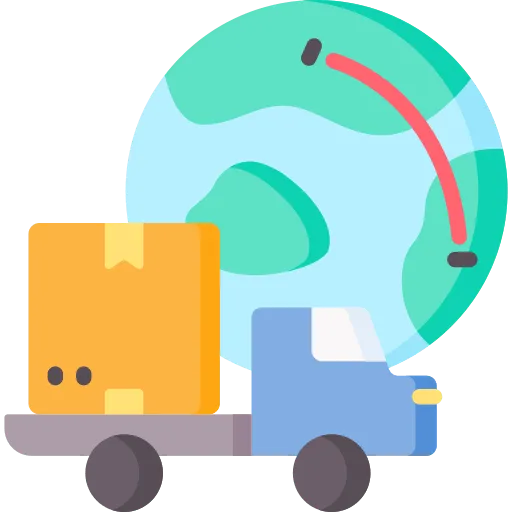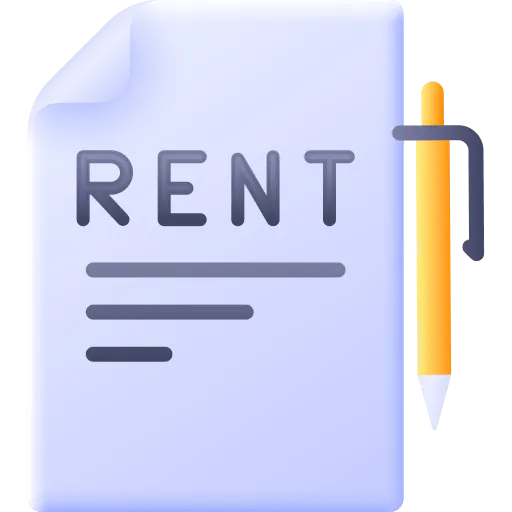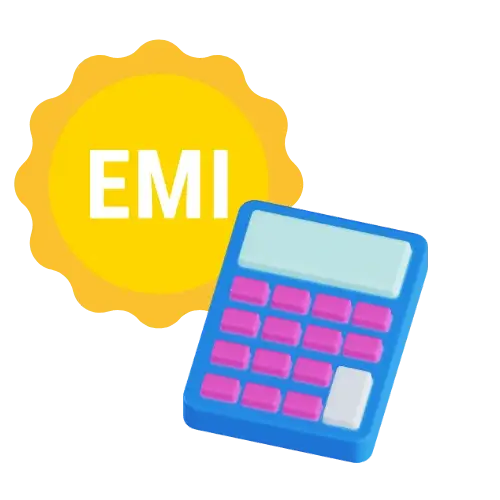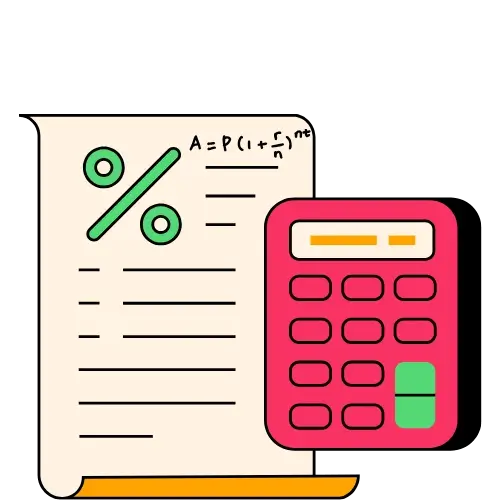Do you really understand the cost of your accounting?
A business practice in which we record, analyze, sum up, and study the organization’s expenses spent on any process related to it, administration, item, or whatever else in the company is called Cost Accounting. This aids the association in expense controlling and settling on essential planning and choice on improving expense effectiveness. Such fiscal reports and records give the administration perceivability on their expense data. The board gets the idea about where they need to control the expense and where they need to expand more, which helps in making a vision and tentative arrangement.
Cost accounting frameworks are termed about an important resource for manufacturing offices. The precision they furnish in small and huge associations with the checking of stock, items in the inventory, items sold and detailing highlights, they have an enormous influence in an organization’s general achievement.
Types of cost accounting
There are various sorts of cost accounting like marginal costing, activity-based costing, standard cost accounting, lean accounting. Let’s have a look at them in brief.
Marginal costing: Marginal costing is the effect on the cost of an item by adding one extra unit into creation. It is helpful for short-term financial choices. Marginal costing can help executives recognize the effect of shifting degrees of expenses and volume on operating benefit. The board can utilize this kind of examination to acquire understanding into conceivably useful new items, deals costs to build up for existing things, and the effect of marketing campaigns.
Activity-based costing: Activity-based costing (ABC) distinguishes overhead expenses from every division and allots them to explicit expense objects, like products or services. The activity-based costing arrangement of cost accounting depends on activities, which in any event, a unit of work, or errand with a particular objective, like setting up machines for creation, planning items, appropriating completed merchandise, or operating machines. These activities are likewise viewed as cost drivers, and they are the estimates utilized as the reason for allocating overhead expenses.
Standard cost accounting: Standard costing doles out “standard” costs, as opposed to actual expenses, to its cost of goods sold (COGS) and inventory. The standard costs depend on a proficient utilization of work and materials to make the goods or administration under ordinary working conditions, and they are basically the planned sum. Despite the fact that standard expenses are assigned to the products, the organization actually needs to pay actual costs. Evaluating the contrast between the standard cost and actual cost brought about is called variance analysis.
Lean accounting: The fundamental objective of lean accounting is to improve monetary administration inside a company. Lean accounting is an augmentation of the way of thinking of lean assembling and creation of products, which has the expressed goal of limiting waste while upgrading profitability. For instance, if a bookkeeping department can eliminate wasted time, the workers can center that saved time all the more beneficially on worth-added assignments.
What are some of the main aims of cost accounting?
Help with decisions: Cost accounting is likewise broadly used to help administrators determine meaningful choices about the business all in all. To more readily get this, think about the accompanying situation. On the off chance that a company switches its providers and starts working with new crude materials, they should assess the productivity of creation utilizing those new sources of inputs.
Luckily, bookkeepers can run genuinely essential volume, and value difference reports that exhibit how the expense to-profit proportion is acting. Consequently, if the new crude materials are making the laborers invest more energy and time in constructing the item, the volume change might be negative. From that point, the bookkeeper can produce reports that will point the administration the correct way. At the end of the day, cost bookkeeping will permit them to see real insights and vital information that assists with material choices.
Quantify productivity: The principal significant motivation behind cost accounting spins around the measurement of productivity. In interpretation, it permits organizations to unmistakably record their workers’ working performance dependent on the level of output. This is very helpful as it very well may be used for meaningful choices that must be made along these lines.
Sustainability efforts: Cost accounting likewise manages the sustainability endeavors identified with creation measures. Prior to clarifying how, one should perceive that each organization is searching for choices that will make them more practical and proficient for all intents and purposes. In interpretation, they are exploring ways that encourage lower or non-existent squander as well as higher usage rates.
Minimize production cost: Since raw materials were referenced, why precisely would organizations attempt to do something like this? All things considered, totally upsetting the creation methods by getting new raw material sources is certifiably not an extraordinary method to improve production. In any case, makers are consistently looking for approaches to limit the expenses. Doing so permits them to keep up however much of their incomes as could be expected. Expectedly, cost accounting will accomplish this impeccably since it spins around reports about the benefit and alternative arrangement research. Hence, the individuals who check the chronicled figures looking for more useful assets would not miss administrative bookkeeping approaches.
What are the main benefits of cost accounting?
Ability to view data in diverse ways: Cost accounting can be considered as such a three-dimensional riddle. Records, figurings, and reports can be controlled and seen from various points. The board can examine data dependent on standards that it values, which directs how costs are set, assets are distributed, capital is raised, and risks are expected.
Ease of monitoring and controlling labor costs: Labour costs are simpler to screen and manage through cost accounting. Contingent upon the idea of the business, wage costs can be taken from orders, occupations, agreements, or offices and sub-divisions.
Adaptability: Administrators appreciate cost accounting since it very well may be adjusted, fiddled with, and actualized by the changing necessities of the business.


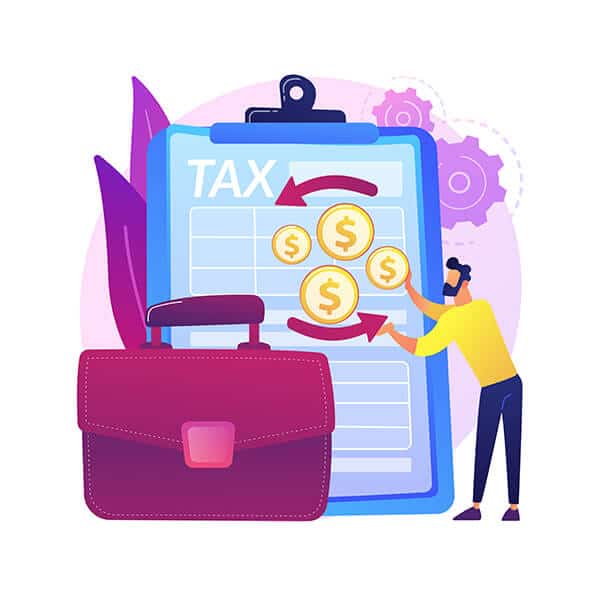

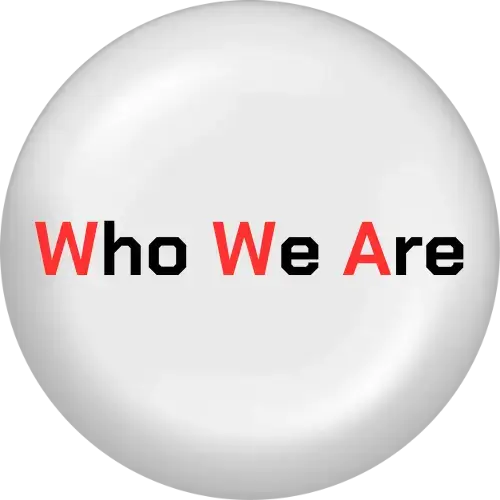

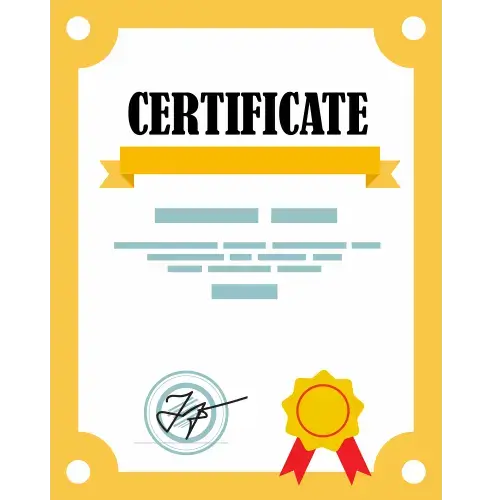




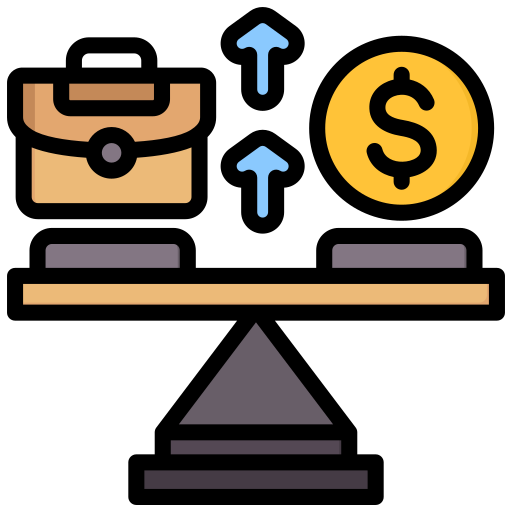

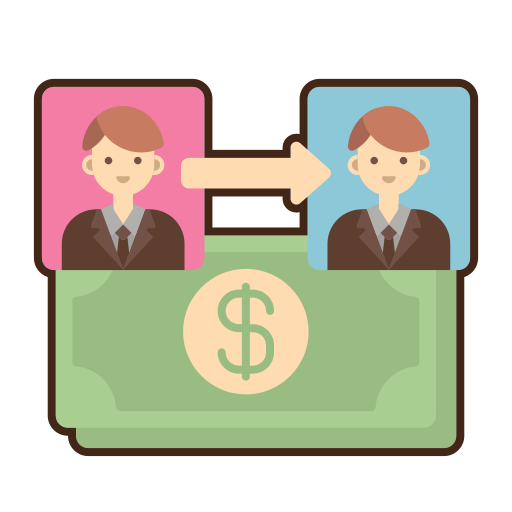






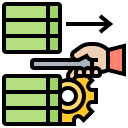
 Company incorporation
Company incorporation